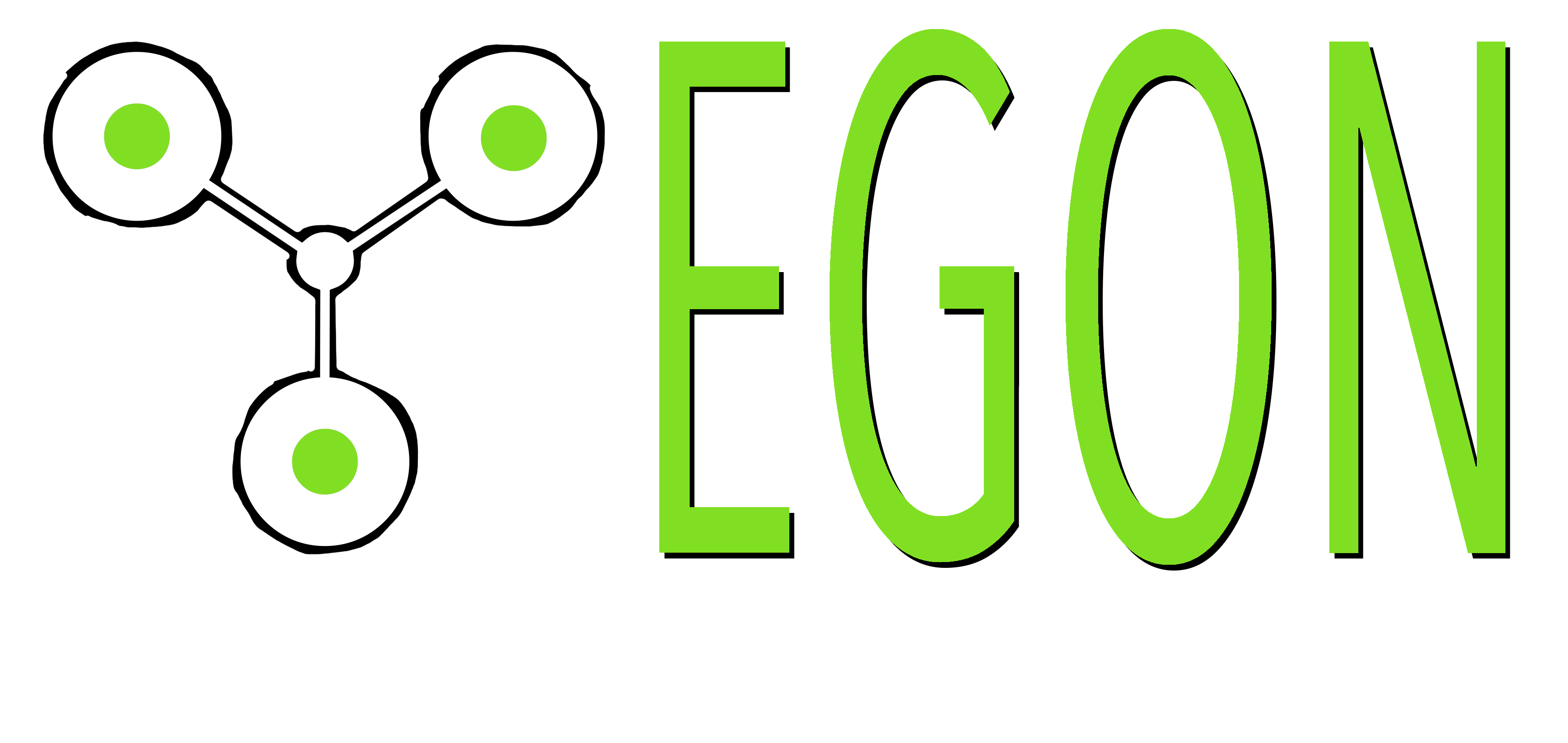
MORE TIME = MORE CUSTOMERS = MORE PROFIT
- More installations means more profit.
- Easier installation means less expertise needed.
- Less time on the job means more profit.
- Standardise installations means simple diagnostics .
GAME-CHANGING, UNIQUE – ALL-AUSTRALIAN INVENTIONS
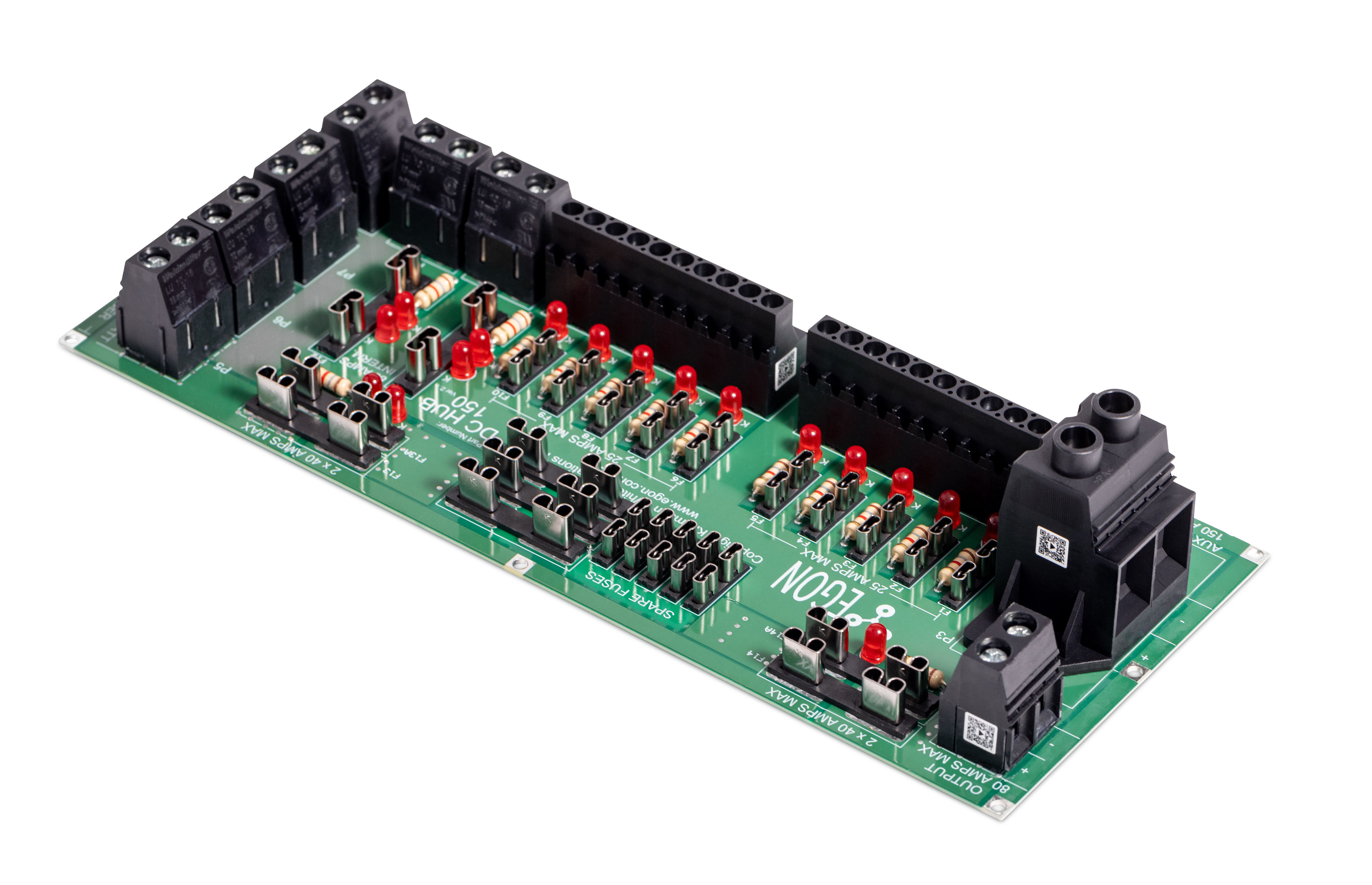
NEWS
Egon DC-Hub version 2.1 is now shipping.
Version 2.0 and 2.1 are both suitable for 12 and 24V systems with high-output connectors upgraded from 50A to 80A each. Version 2.1 (now shipping) has the addition of the permissible input current increased to 80A using two 40A fuse blocks that reduce voltage-drop even further particularly important during long-duration, high-current charging from DC-DC chargers.
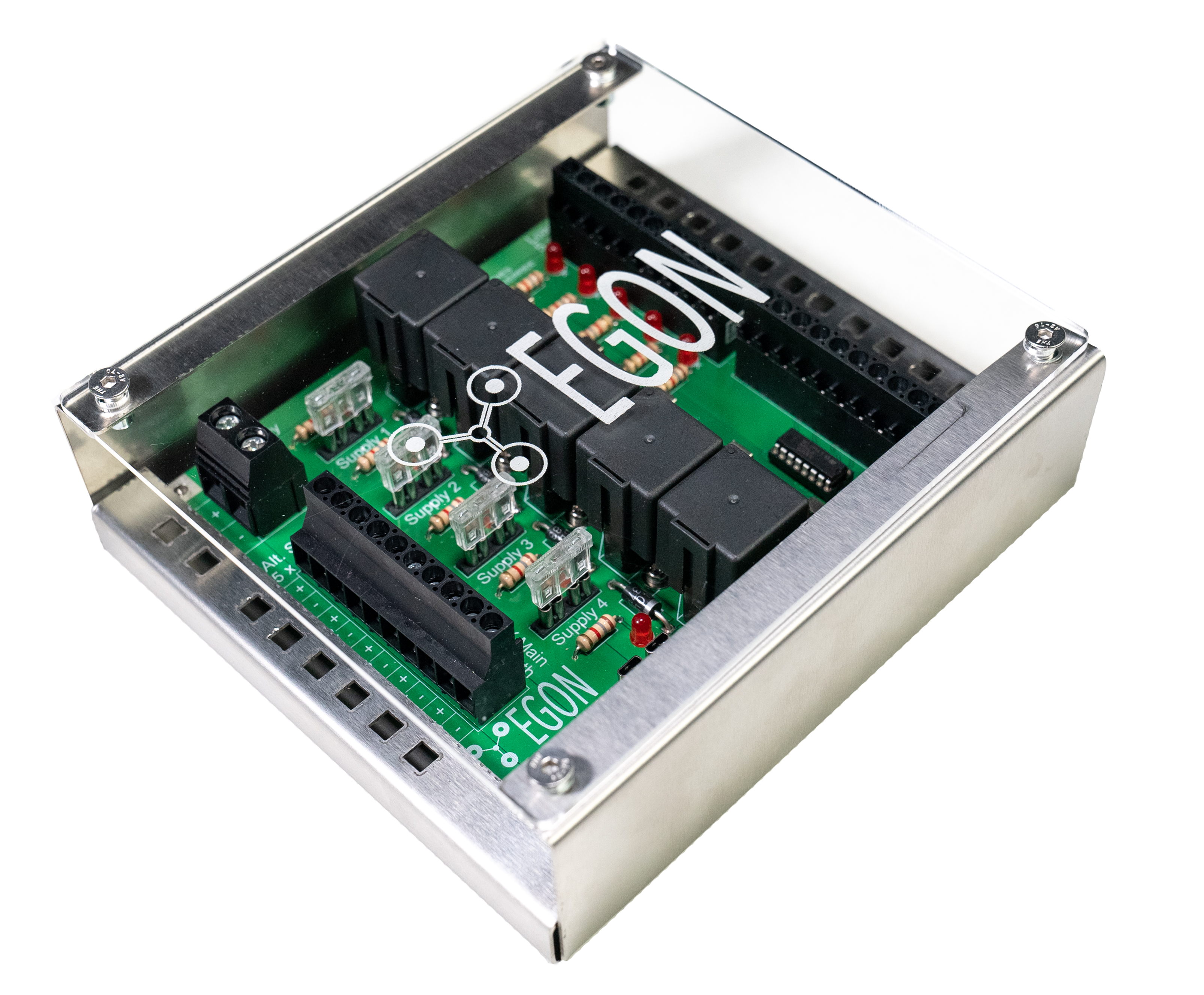
EGON RELAY HUB
The EGON Relay Hub is 12 & 24V DC combined switching and fusing hub which can be used as a standalone or in combination with an EGON DC Hub.
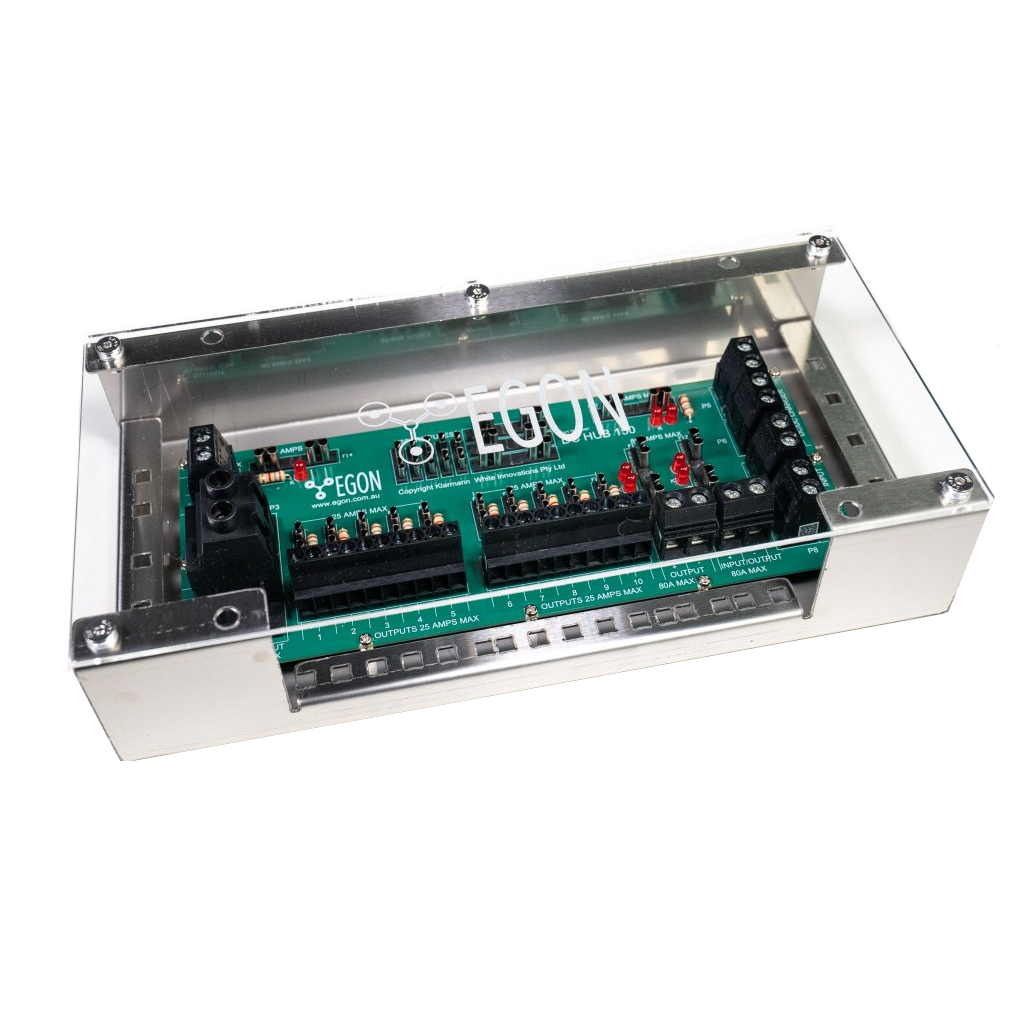
EGON DC-Hub
Imagine a simple, extremely robust DC input/output fuse box combination board that reduces workshop time by a large factor, but also does away with the need for specialist expertise when building DC electric setups.
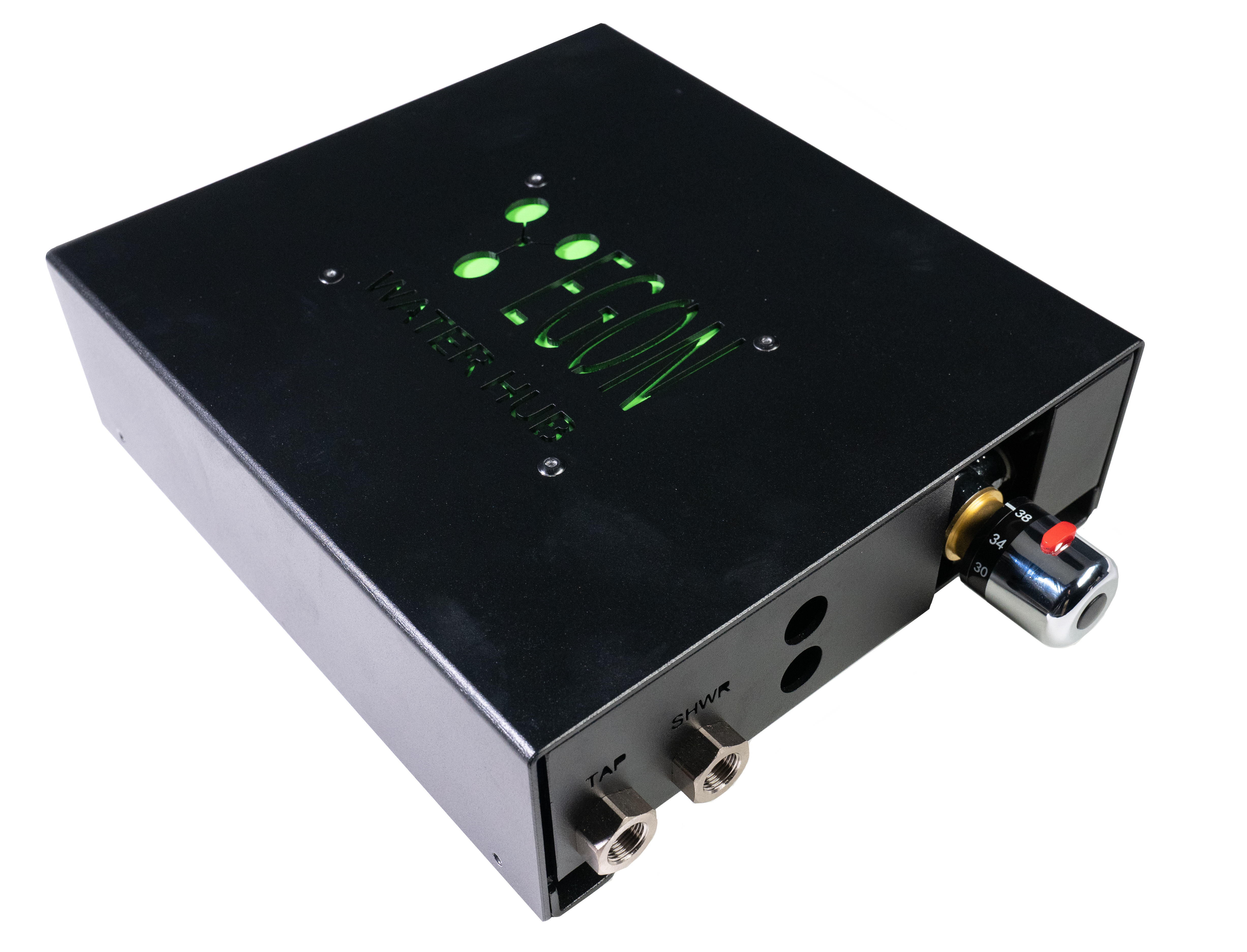
EGON Water-Hub
The World’s Most Efficient Way To Plumb Water Systems In Boats, Caravans, 4wds And Off-Grid Homes. Truly Plug & Play. We've done the hard work for you.

Save Time & Money
We engineer simple, extremely robust products that save you time and money in your workshop.
LOTS OF TIME!

Profitable
No specialist expertise needed! Which saves hire costs to make more profit.
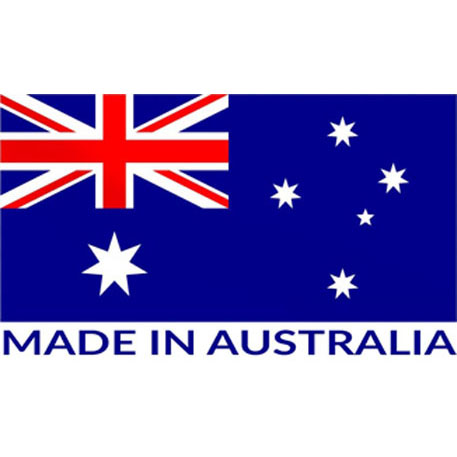
Quality Engineering
Egon products are all German-engineered, designed and manufactured in Western Australia. Slash warrantee claims!
Dc-Hub Faq

Cost Savings
This is a remarkable cost and time saving device called the DC-Hub. Imagine a simple, extremely robust product that considerably reduces workshop time, but also does away with the need for specialist expertise when wiring DC setups.

fool proof
One of the biggest challenges of electrical installations is the lack of expertise, and the resultant quality shortfalls.

german quality, aussie made
Simple, made from the best German components and assembled in Australia

installation guides
The board is marked with input instructions and every unit comes with an installation

